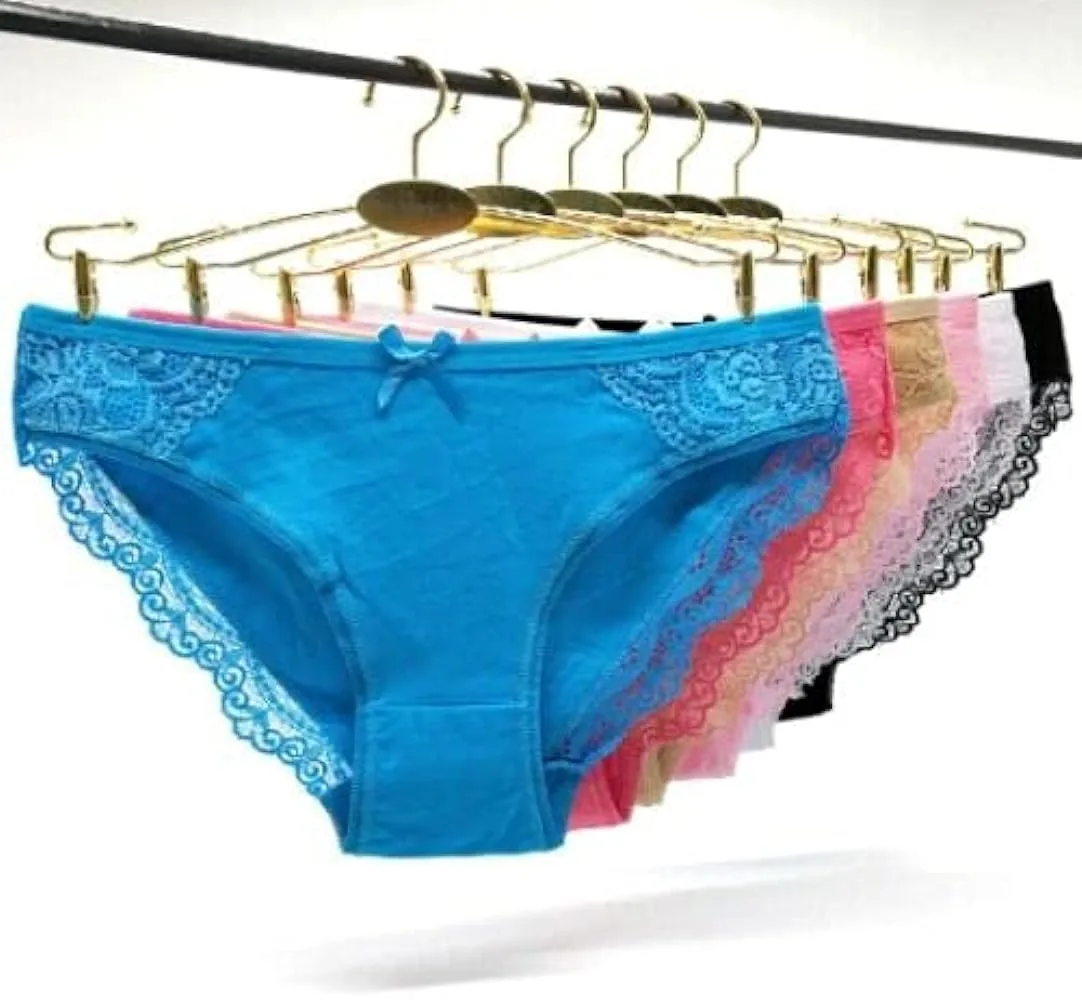Ankara fashion refers to clothing and designs made using Ankara fabric, a type of brightly colored, vibrant, and patterned cotton fabric that is popular in many African countries. It is commonly associated with Nigeria and is also known as “African wax print” fabric. Ankara fabric is characterized by its distinctive patterns, often featuring bold, geometric designs, and eye-catching colors.
Ankara fashion has gained widespread popularity not only in Africa but also internationally. Its versatility allows it to be used in various clothing styles, including dresses, skirts, tops, trousers, jackets, and accessories. Fashion shows, exhibitions, event and showcasing creativity are popular led due Ankara fashion .
Ankara fabric
Ankara fabric is derived from African wax print or Ankara print is a colorful cotton fabric print with unique print patterns and designs. It is mainly associated with African fashion and culture, particularly in Nigeria, Senegal, and Togo. Also, Ankara fabric has become popular worldwide and is used in fashion shows with clothes and decorative items.
Bold patterns and eye-catching is characterized by Ankara fabric. These fabric often has geometric shapes, abstract print, created using a wax-resistant dyeing technique. It is made of 100% cotton is more breathable and comfortable to wear. Also suitable for different climate.
Ankara fabric is adaptable and can be used to create a wide range of clothing items, including dresses, skirts, tops, jackets, trousers, and headwraps. It is also used for home decor items like pillow covers, upholstery, and tablecloths. Moreover, it is a cultural and traditional value in West African society. It is mostly worn during special occasions weddings, festivals, and other cultural events.
The wax-dying method is used for specific areas of fabric to resist the dye when applied by dipping into colorful dyes, After this wax is removed which left behind colorful designs. A color combination of vibrant and lively colors is selected. This selected color has a striking appeal and with the future of bright and contrasting colors.
Process of batik or wax-resist dyeing
To create Ankara fabric it is printed or dyed through batik or wax-resist dyeing technique. In weaving fabric is made and dyed trough wax resistance dying or batik to prevent specific areas being dyed resulting an intricate pattern.
- The first step is to create a pattern or design on fabric with specific tools called tjanting (a small copper container with a spout) or pencil.
- In the second step after sketching wax is applied by brushing or stamping with melted wax into desired areas. These wax areas act as resistance to dye absorption during the dying process.
- In the third step, the fabric is dipped into the dye bath. This will dye the areas that are not covered with wax while waxed areas remain undyed.
- Once the dying process is complete the next step is the removal of wax. This can be done either by boiling the fabric or ironing the fabric using special absorbent paper which absorbs molten wax.
- To create more complicated and intricate designs with multiple colors this process is repeated many times.
Pros and cons of Ankara fashion fabric
Key features of Ankara fabric are
Ankara fabric has a unique and vibrant pattern. Also, these Patterns stand out for African culture and identity, which is a pride for these communities and for the world. More durable and withstand wear and tear if used with good quality 100% cotton and also makes it more environmentally friendly due to natural fiber use.
Some lower-quality Ankara fabrics may cause color bleeding in washing so need proper washing care tips are necessary or read the fabric care instruction before washing. Due to the dye print on the fabric, it feels initially stiff but after repeated washing and wear, it becomes softened. Traditionally Ankara fabric made of 100% cotton may have problems with limited stretch can causing problems in various garments.
Ankara fabric remines no significant drawback beside it remain cultural, vibrant aesthetics, and versatility in fashion industry. It is growing with in Africa and also across the globe.
Ankara print patterns
Ankara print patterns come in a wide variety.
Geometric Patterns
squares, circles, diamonds and different gematric shapes in these patterns which can be repeat and symmetric in designs.
Floral Patterns
Botanical elements and flowers are printed on fabrics. They can be floral motifs and can be small and large in shape.
Animal Prints
Animal print on fabric on patterns is also in common, such as zebra strips, cats, snake, leopard, etc.
Paisley Patterns
Paisley is a teardrop-shaped pattern that originated in Persia. It has been adapted and incorporated into Ankara prints, adding a unique touch to the fabric.
Abstract Patterns
Modern and artistic feel with abstract pattern and designs also, feature unconventional shapes.
Kente Patterns
Kente fabric is unique from Ankara while some Ankara points are derived from traditional Kente patterns from Ghana. Which is colorful stripes, vibrant and and geometric motifs.
Adinkra Symbols
Adinkra symbols are traditional West African symbols that carry specific meanings. Some Ankara fabrics may incorporate these symbols into their designs.
Nsu Bura Patterns
Nsu Bura, meaning “water well,” is a popular Ankara print pattern that features a circular design resembling a well or ripples in water.
Dashiki Patterns
Bold look and visually striking patterns are characterized in Dashiki prints which is more intricate patterns.
Tribal Patterns
Traditional and different communities represent patterns from various African tribes is Inspired in Ankara fashion.
Herringbone Patterns
Herringbone designs resemble the bones of a herring fish, arranged in a V-shaped pattern, and are sometimes incorporated into Ankara fabric.
Chevron Patterns
zigzag lines which is more appealing and dynamics on fabric is called Chevron prints.







